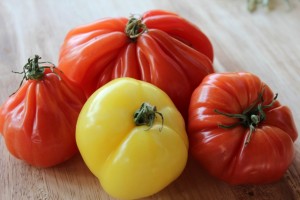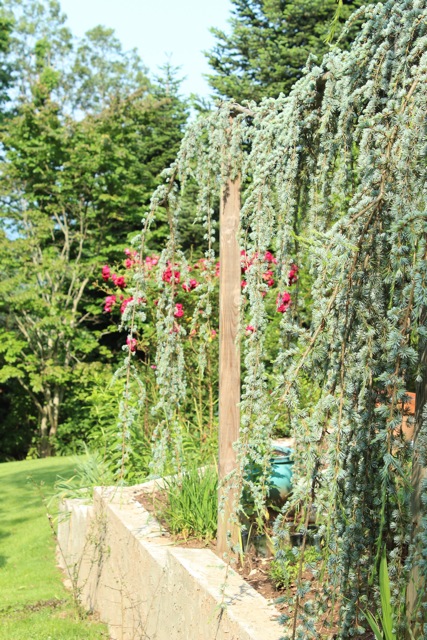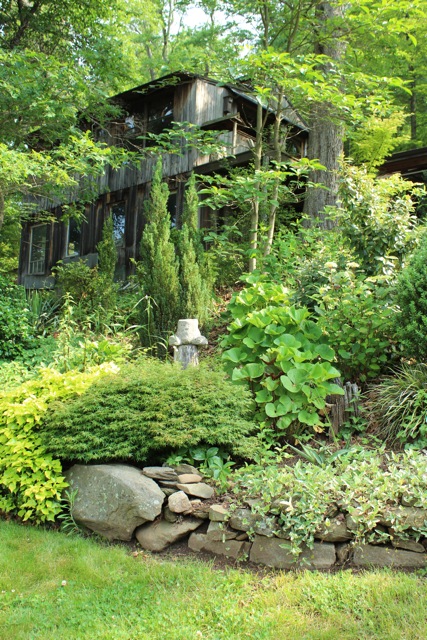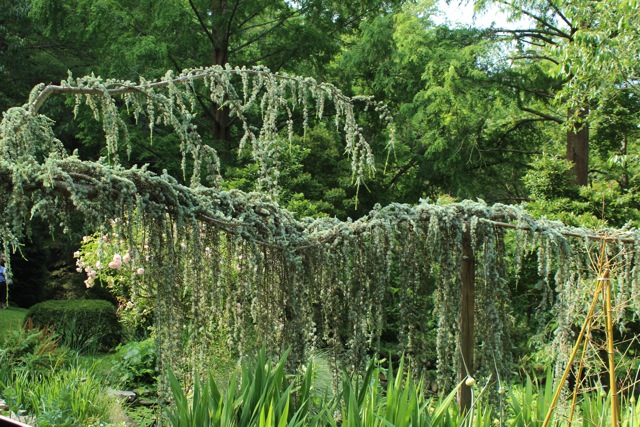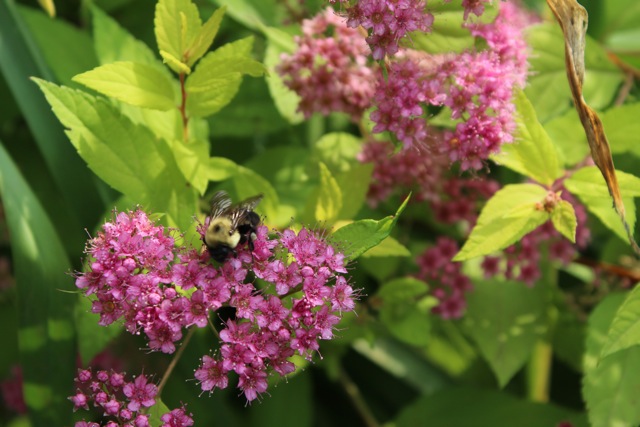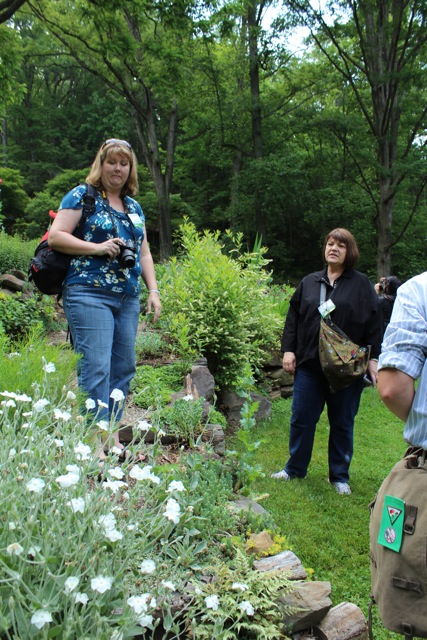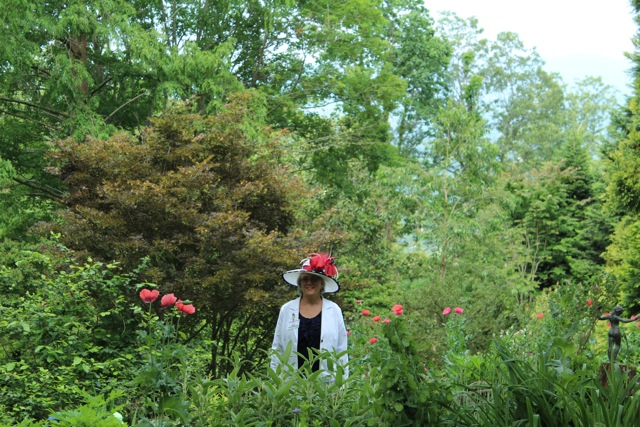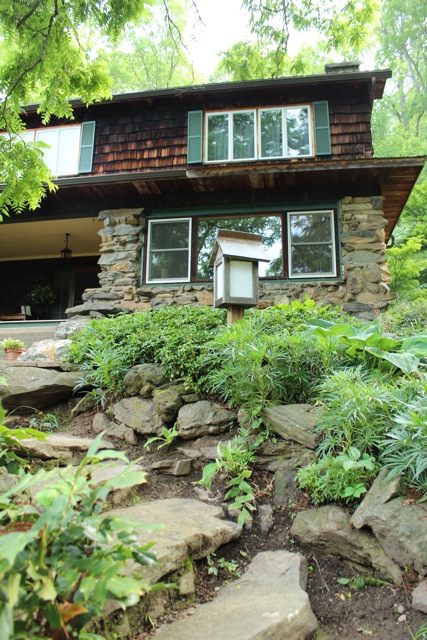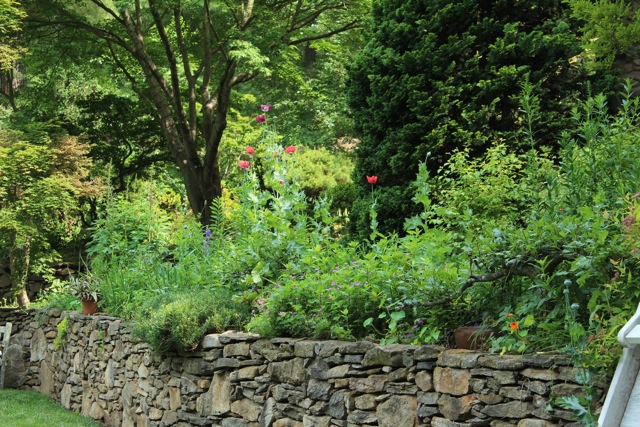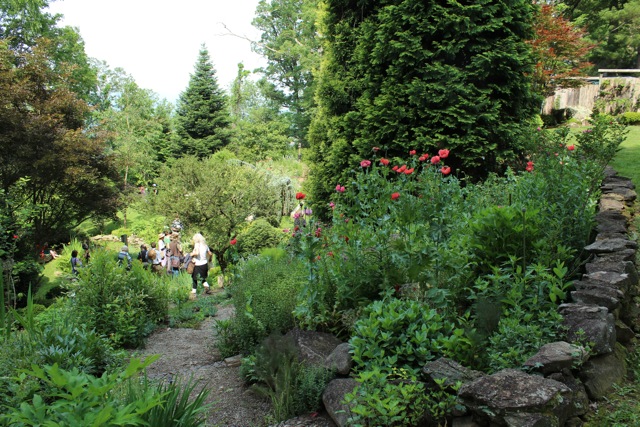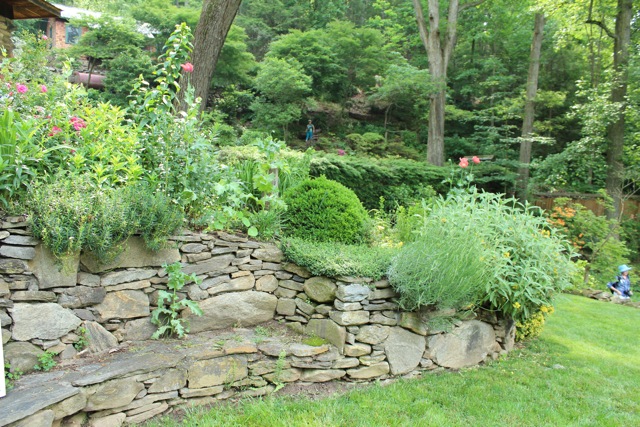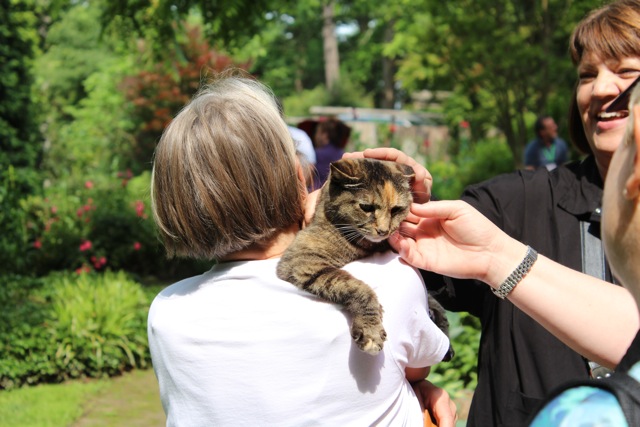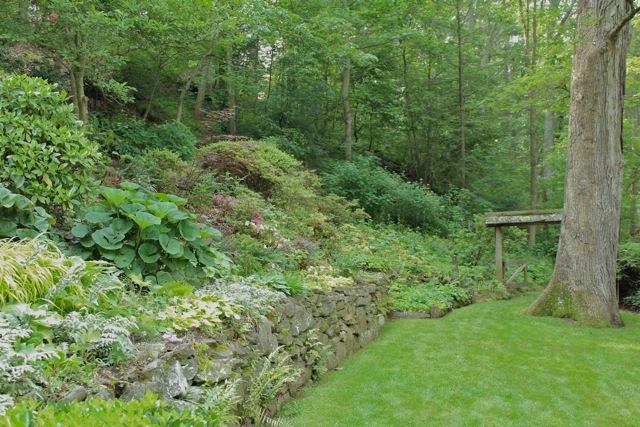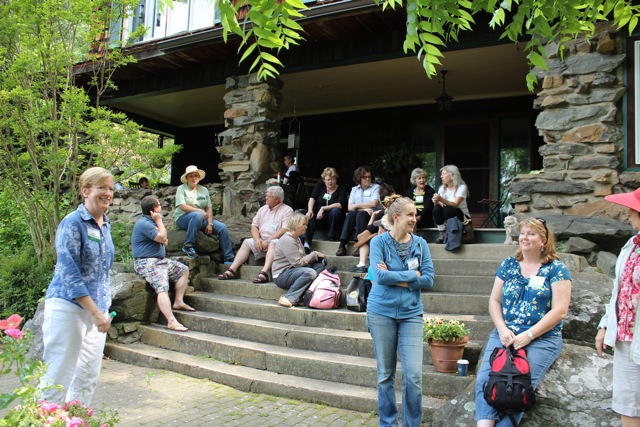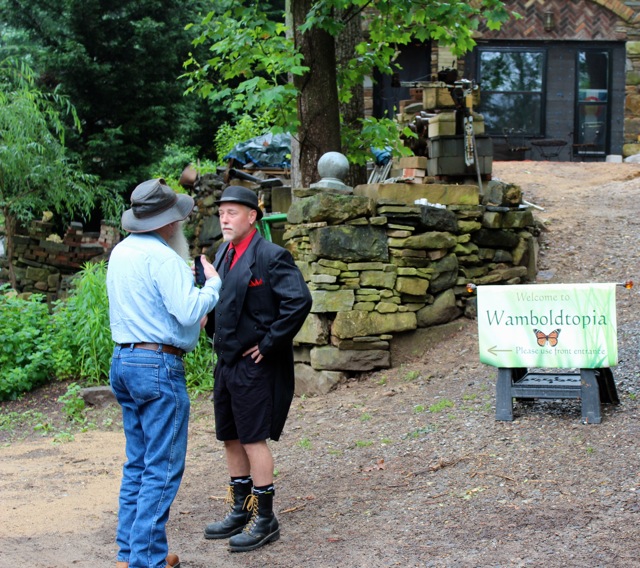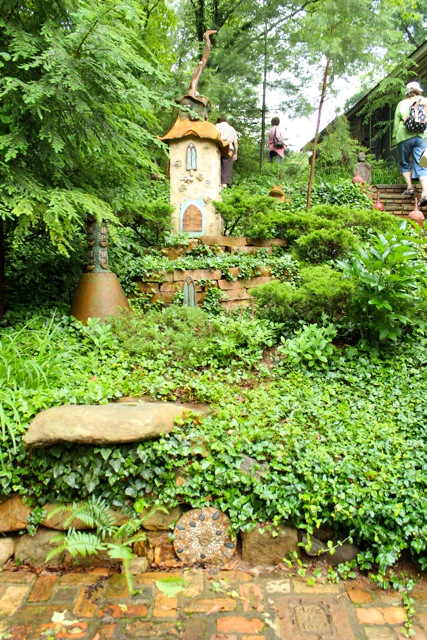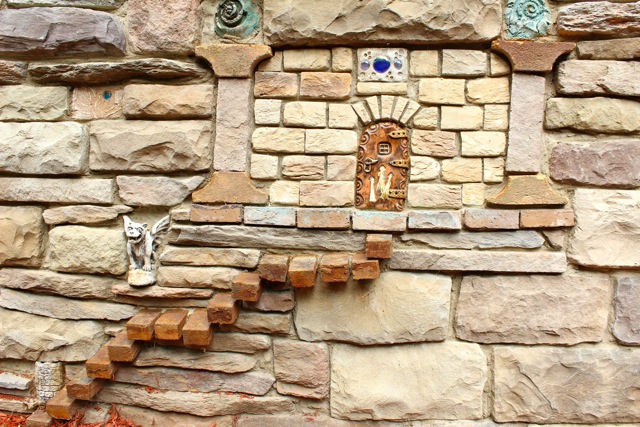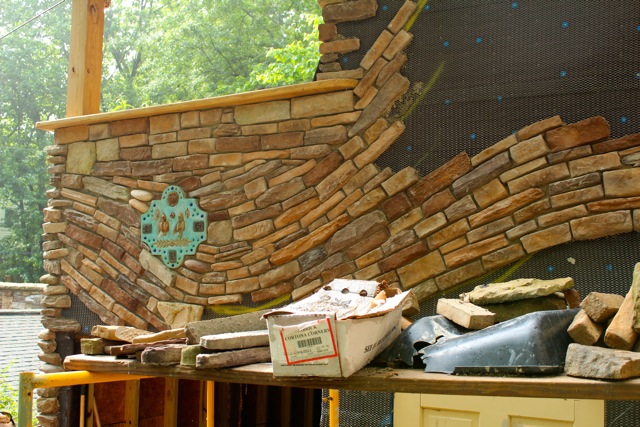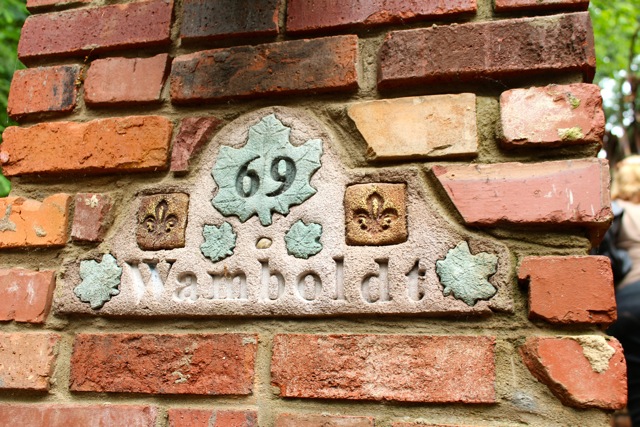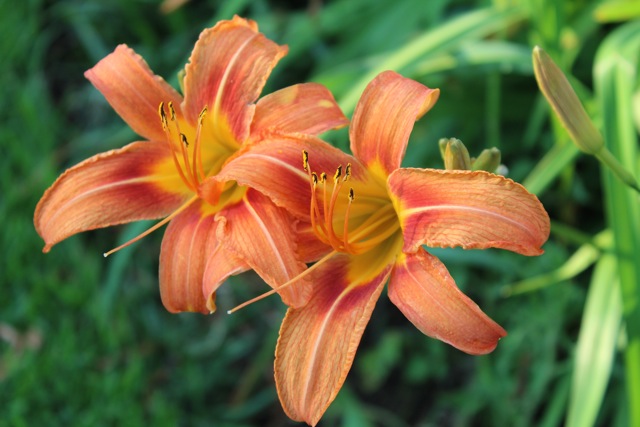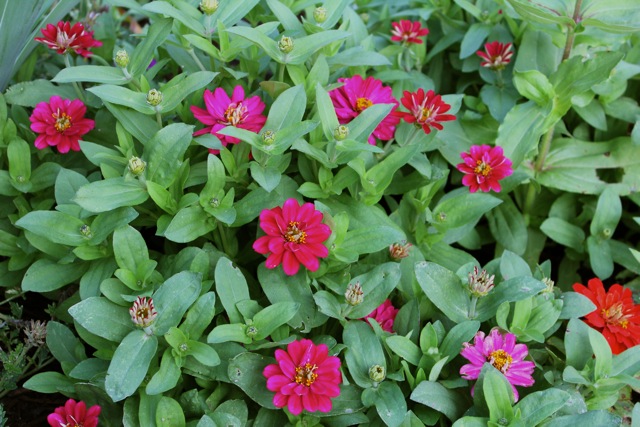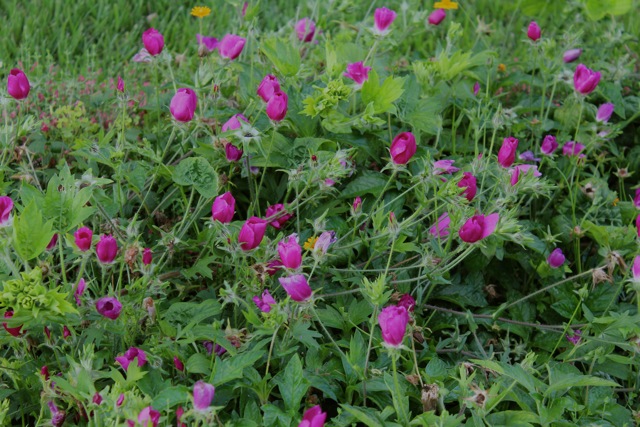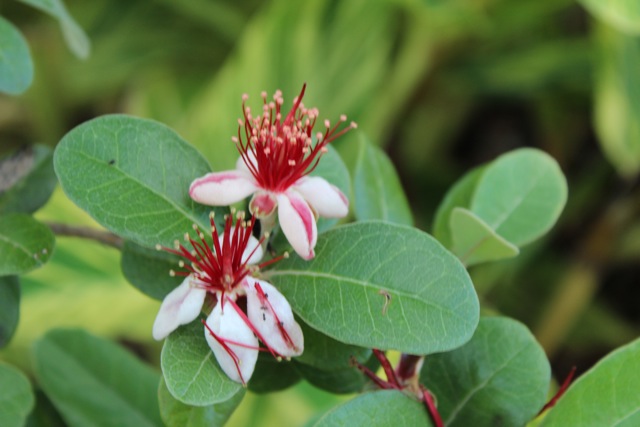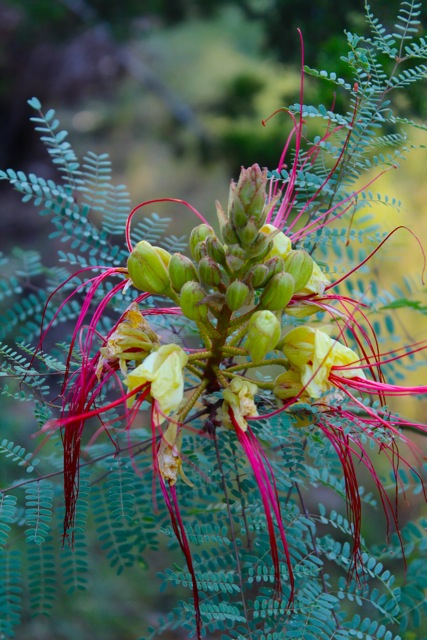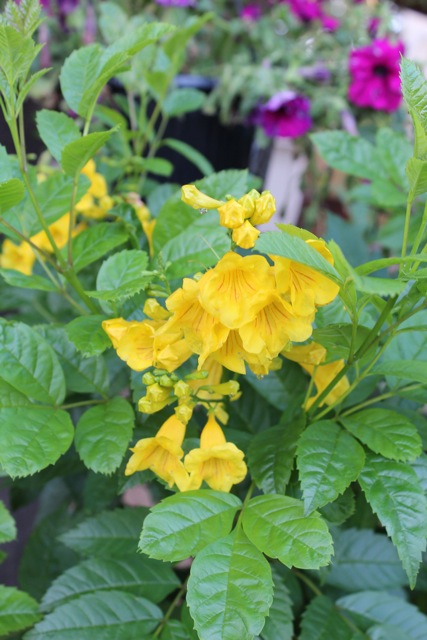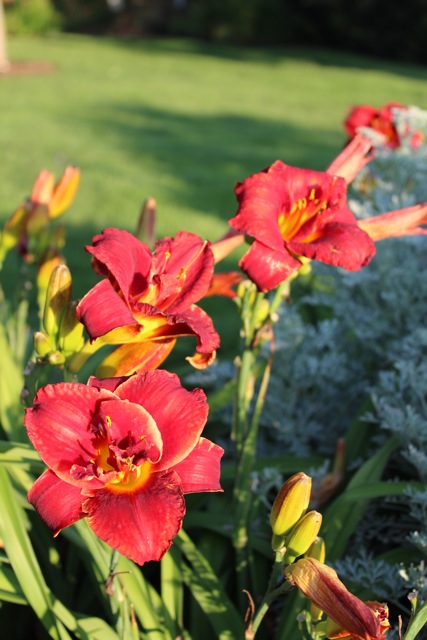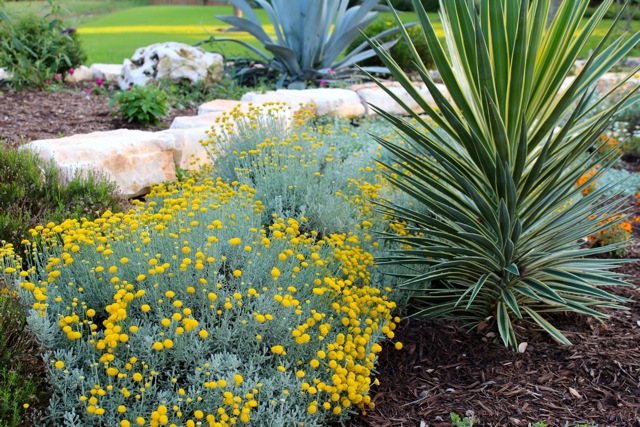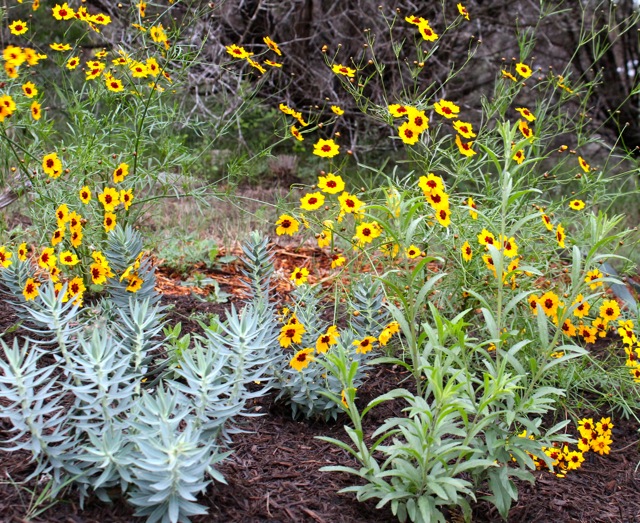About Diana C. Kirby
Diana Kirby is a lifelong gardener and longtime Austinite, who loves the Central Texas climate for the almost year-round opportunities it offers for active gardening and seasonal splendor.
Known as an impassioned and successful gardener, Diana began by helping friends design and implement their landscapes. Soon, she was contracted as a professional designer by a popular local landscaping installation firm, where she designed landscapes for residential and commercial clients for several years. In 2007, her new passion blossomed with the launch of her own firm, Diana’s Designs.
...
Diana is a member of the Association of Professional Landscape Designers, the Garden Writers Association of America, and she writes a monthly gardening column for the
Austin American-Statesman. Diana teaches the Landscape Design classes for several county Texas Agrilife Extension Service Master Gardener certification programs and speaks about gardening and design for garden centers and other groups.
Learn more about presentation topics, availability and speaking fees.


